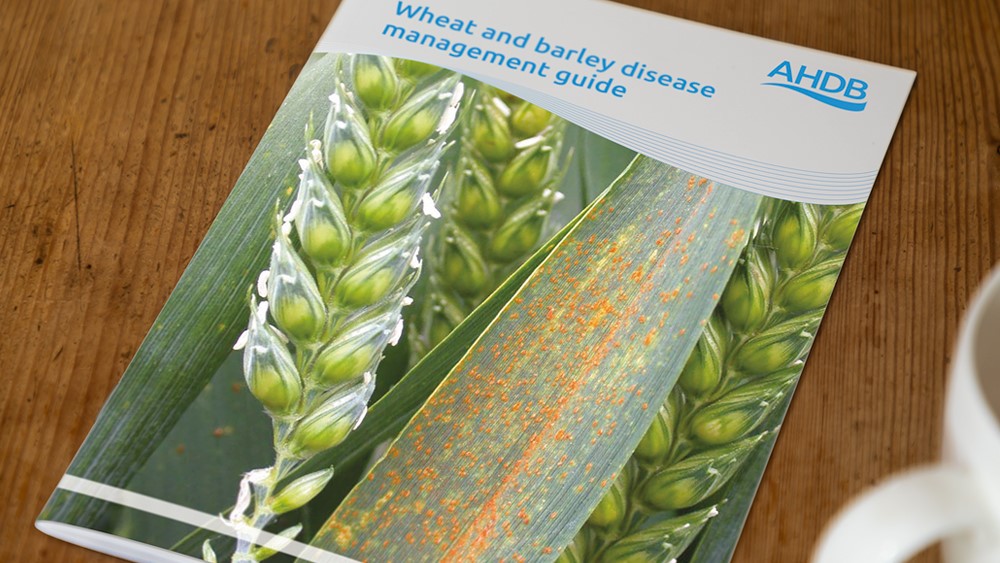- Home
- Knowledge library
- Monitoring of contaminants in UK cereals used for processing food and animal feed (2016–24)
Monitoring of contaminants in UK cereals used for processing food and animal feed (2016–24)
Summary
As part of a long-term programme of work, this project produced independent surveillance data on the incidence and levels of key contaminants for representative commercial samples of harvested and stored grain.
The occurrence of contaminants in post-intake wheat, barley and oats and their co-products was assessed using accredited analytical methods.
The project tested samples used by milling, malting and animal feed industries each year. The period covered harvests from 2016 (September) to stored samples in 2023 (March).
Core target contaminants and the sampling numbers were agreed by the project steering group, comprising AHDB and key trade associations: UKFM, MAGB, AIC and BOBMA.
Fera Science Ltd also conducted horizon scanning of publications, which included consideration of impending legislative changes and advice from specialist scientists.
The core set of contaminants included pesticides (fungicides, insecticides, plant growth regulators, chlorpropham, glyphosate, and piperonyl butoxide) and mycotoxins (fusarium toxins, ochratoxin A and ergot alkaloids).
In some years, additional contaminants were selected (as required): heavy metals, inorganic arsenic, alternaria toxins, sterigmatocystin, dioxins and polychlorinated biphenyls, polycyclic aromatic hydrocarbons, acrylamide, beauvericin, enniatins and aflatoxins.
Main findings (from the final report)
- In general, most cereals used by UK processors adhere to both EU and UK laws and guidelines concerning the presence of the contaminants monitored in this project
- DON was the most frequently detected trichothecene mycotoxin. It tended to be higher in oatfeed and in wheat and its co-products compared to the other commodities. Mean and maximum levels for all commodities were below the maximum limits (MLs)
- Mean results for T-2 and HT-2 mycotoxins were significantly higher in oats and oat products compared other commodities
- ZEN levels tended to be low, with the only ML exceedances found in two samples of milling wheat 2017 and 2021 and one sample of food oats in 2020
- Incidence levels were generally high for ergot alkaloids in most products (> 50%) each year. However, the actual concentrations found were generally low
- Ochratoxin A (OTA) was less frequently detected in food grains, and at very low concentrations. Only four samples exceeded MLs (three food oats and one milling wheat). Wheatfeed and oatfeed concentrations were high but were still well below guideline levels
- Plant growth regulators were the most detected agri-chem residues each year. Glyphosate and some fungicides were commonly detected and showed year-on-year variance
- Insecticides were commonly detected and, over the last two years of the survey, had a noticeable decrease in their average residues per sample
- Piperonyl butoxide was commonly found and shows little variance in its detection
- Chlorpropham incidence was low but was consistently detected each year with no characteristic pattern
- Concentrations of heavy metals were generally low and well below current legal limits. Nickel monitoring data had been requested by EFSA. Although incidence was high, the concentrations measured were low
Note: The annual reports contain additional data, which include additional harvest years (up to harvest 2024).
Downloads
PR652 final project report 21130040 annual project report 2025 (final) 21130040 – annual project report 2024.pdf 21130040 – mycotoxin results for harvest 2023 21130040 – annual project report 2023 21130040 – mycotoxin results for harvest 2022 21130040 – annual project report 2022 21130040 – annual project report 2021 21130040 – mycotoxin results for harvest 2021 21130040 – results for harvest 2020 21130040 – annual project report 2020 21130040 – results for harvest 2019 21130040 – annual project report 2019 21130040 – results for harvest 2018 21130040 – annual project report 2018 21130040 – annual project report 2017About this project
The challenge
Food and feed industries rely on consumer confidence. For the UK grain supply chain to remain competitive, it needs to maintain its reputation for compliance and quality. AHDB is highly valued for its independent work on monitoring agro-chemical residues and contaminants since the mid-1980s. Industry consultations have highlighted:
- The importance of monitoring contaminants in cereals to provide customer confidence.
- The need to help the UK grain supply chain prepare for new legislation and growing demands on supply.
The long-term monitoring programme
This project is part of a long-term investment in an annual survey of the incidence and levels of key mycotoxins (e.g. DON, ZON, T2/HT2, OTA and ergot alkaloids) and other contaminants (e.g. pesticides, heavy metals, CIPC and PAHs) in representative commercial samples of UK-grown wheat, barley and oats and co-products (wheatfeed and oatfeed) and store samples as archive material.
The data on the incidence and levels of key contaminants is used to inform and alert the cereal industry on the safety of their products and inform discussions on impending revision of legislation. Current and emerging legislation and contaminant issues, which could impact on the safety of cereal-based foods and their acceptability in key home and overseas markets, is also monitored.
Statements of support from the project’s industry partners
Agricultural Industries Confederation (AIC )
Since 2016, this project has monitored residues and contaminants in cereals, providing the feed and combinable crop industry with excellent data. It helps to inform strategic decisions in cereal marketing and feed-material sourcing. It also helps confirm the industry’s reputation for compliance and quality, ensuring that grain produced by UK farmers meets regulatory requirements and can freely enter the food, feed and fuel supply chains.
It also contributes concrete evidence of contaminant burdens, which is passed on to regulators (in the UK and EU) and plays a vital role in informing pragmatic policy decisions. Given the prospect of new EU legislation on mycotoxin levels in food and feed materials and finished feed, it is more important than ever for the industry to have accurate data on a wide range of food and feed material contaminants. By satisfying the requirements of EU legislation, it allows the UK to maintain access to this valuable market for our domestic food and feed sectors.
British Oat & Barley Millers' Association (BOBMA)
This project is critical for the UK cereal processing industries. The outputs are the largest source of independent validated data on cereal contaminant levels, demonstrating ongoing compliance with UK and, where relevant, EU regulations. It offers a comprehensive data set to help understand contaminant levels, including year-on-year variations and the factors that influence levels. By covering multiple contaminants in the same samples, it provides a unique view. The work also provides information on other factors affecting contaminants and considers emerging risks.
Furthermore, the project facilitates a forum within which the UK cereal processing sectors can meet and discuss contaminant data, upcoming challenges, and mitigation for the supply chain. This delivers significant value above and beyond the direct value of the monitoring data. Over the years, the project has supported oat and barley sectors when engaging with both European and UK regulators. For example, it has aided discussions on setting maximum limits for several cereal contaminants, including T-2/HT-2, nickel and ergot alkaloids. This means that legal limits are set in a more practical manner, delivering a significant benefit for the arable supply chain.
The Maltsters' Association of Great Britain (MAGB)
This project is an essential part of the overall due diligence for malting barley growers and the malting industry in the UK. It is one of the few schemes that allows comparisons of contaminants levels across cereal types (e.g. barley, wheat and oats) and end-user category (e.g. food and feed). The project results concur well with the testing undertaken by MAGB and their member companies. Combined, these analytical programmes ensure that all contaminants are included in sufficient numbers and in proportion to the risks to product safety. Additional benefits of the work include horizon scanning activity and discussions about new regulatory limits at UK and EU levels. The high level of expertise engaged in the project means that the best analytical technology is used. It also identifies priority areas of research.
UK Flour Millers (UKFM)
This project is the largest single source of UK grain contaminant data, covering the primary outputs of UK arable farms. It provides an understanding of absolute contamination, as well as seasonal variation in contaminants affecting wheat, barley and oats. Crucially, the project provides a source of independent data and covers multiple contaminants in the same samples, making it relatively unique in the context of contaminant monitoring. Additionally, the project facilitates a forum within which the UK cereal processing sectors can meet and discuss contaminant data and mitigation for the supply chain. The project also provides evidence that can be used in relation to EU limits, such as ergot alkaloids, and cereal contaminant policymaking in general. In doing so, contaminant legal limits are set in a more practical manner, delivering a significant saving for the arable chain.
Also...
Watch a presentation on this work from the 2023 Agronomy Conference
Read about this project in Crop Production Magazine:
Related research projects
Related resources
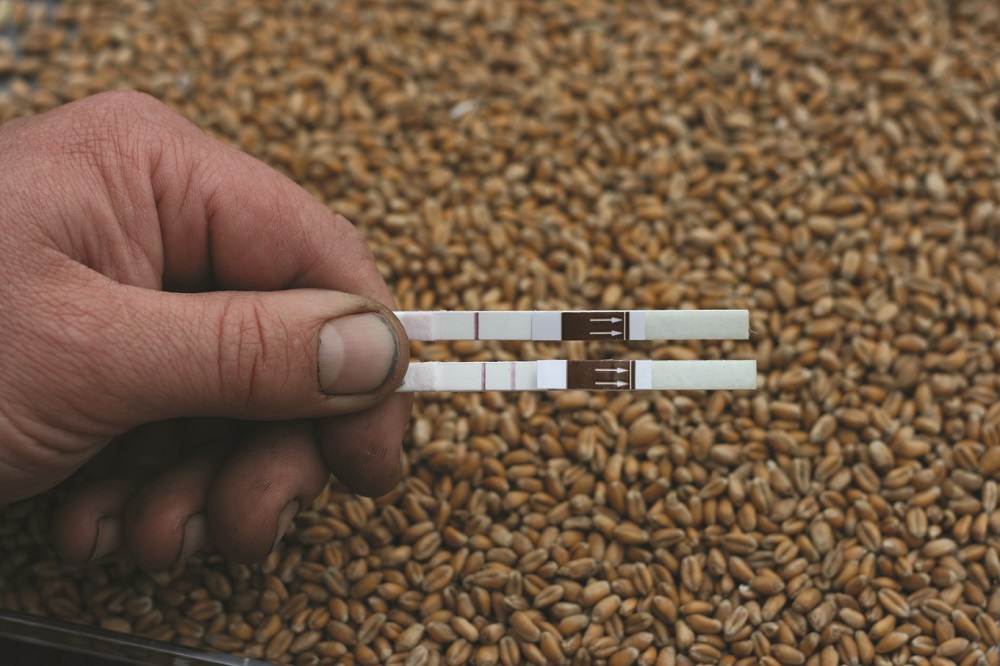
Cereal contaminants monitoring review (2024)
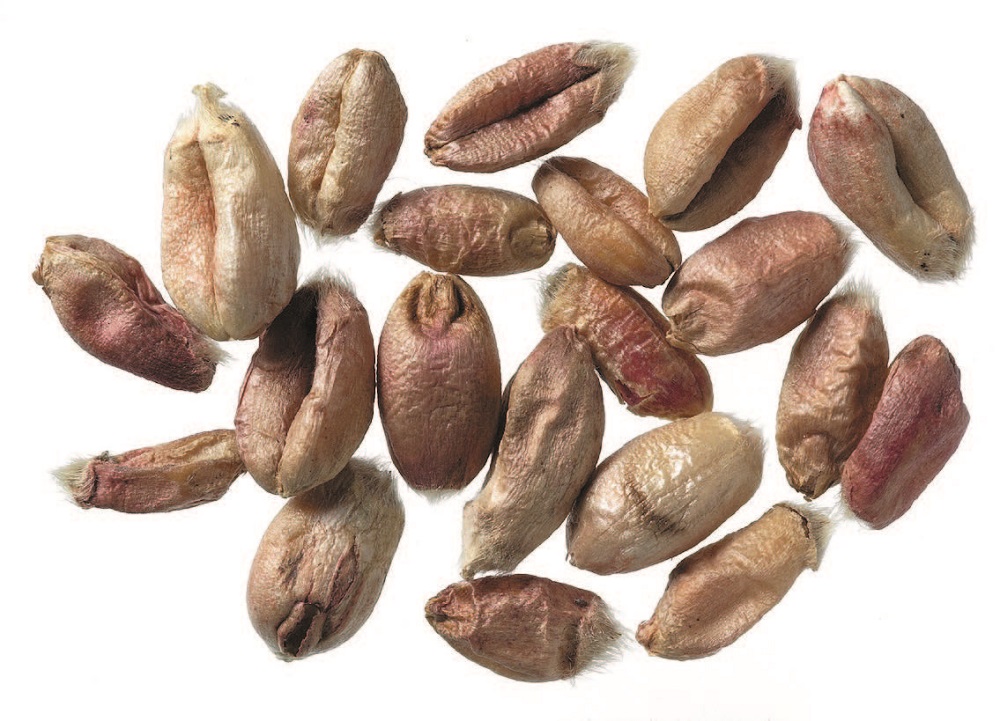
Why and how we monitor cereal contaminants (and why we need to hear from you)
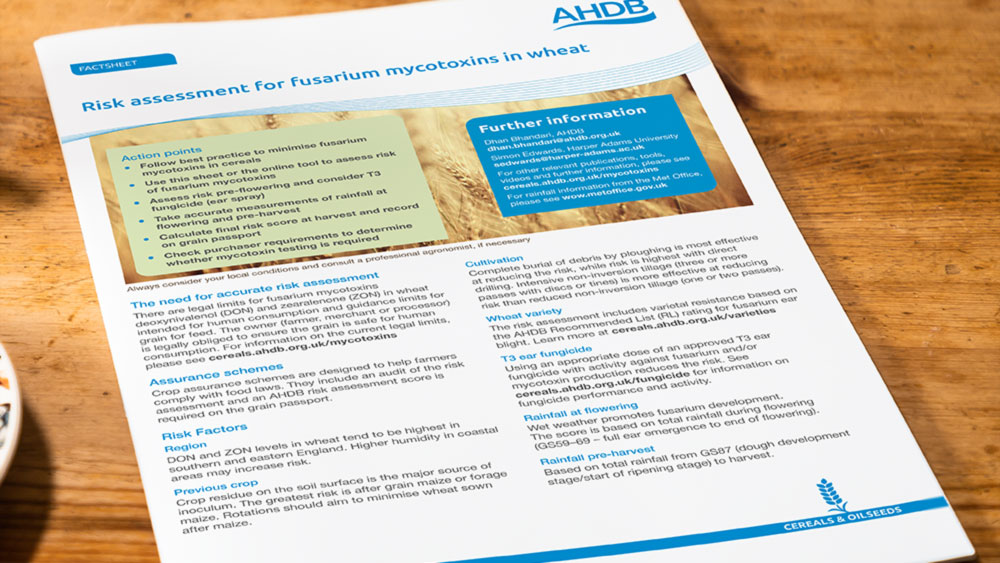
Risk assessment for fusarium mycotoxins in wheat
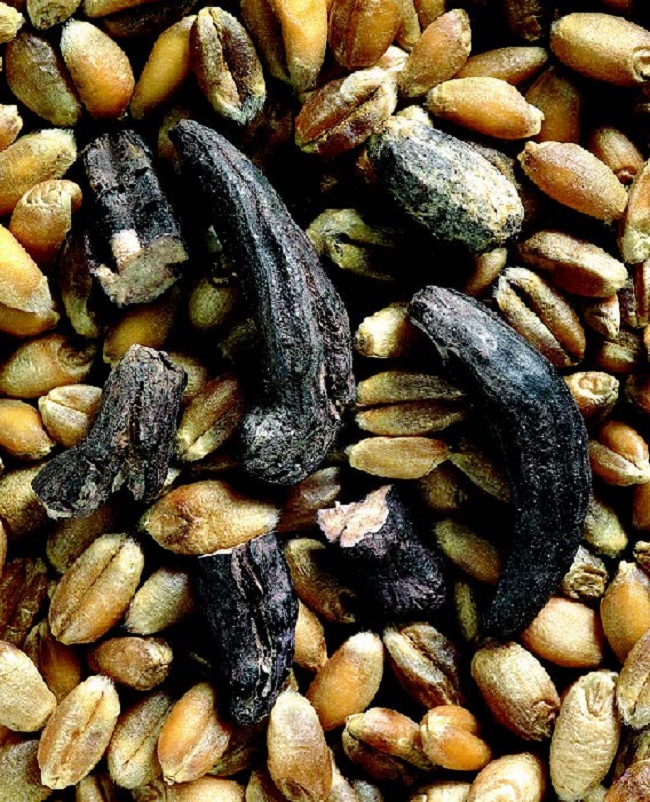
Limits for ergot sclerotia and alkaloids in traded grain and certified cereal seed
